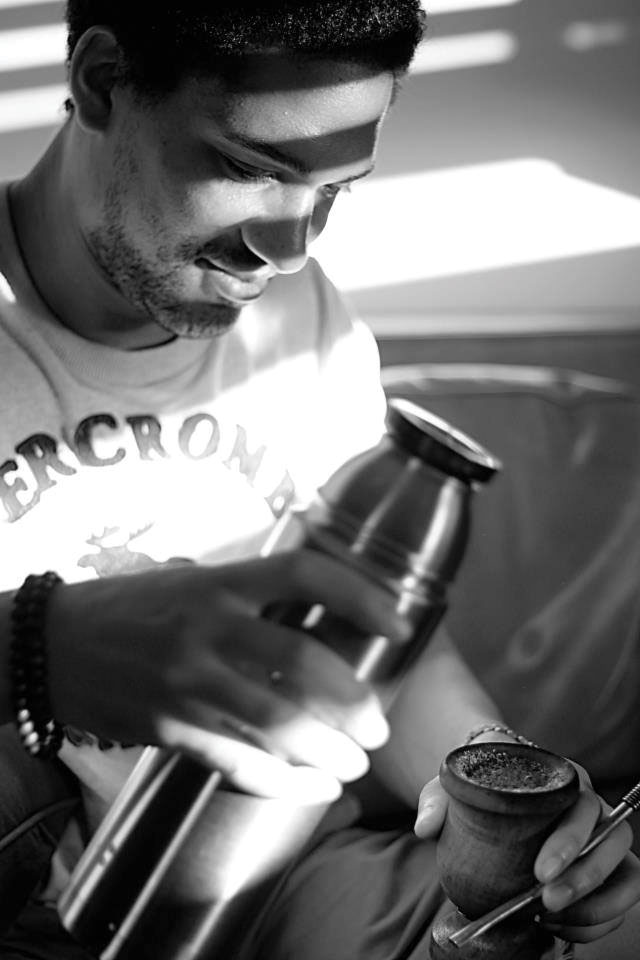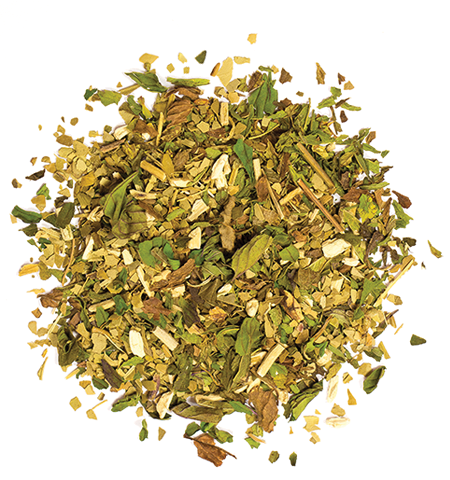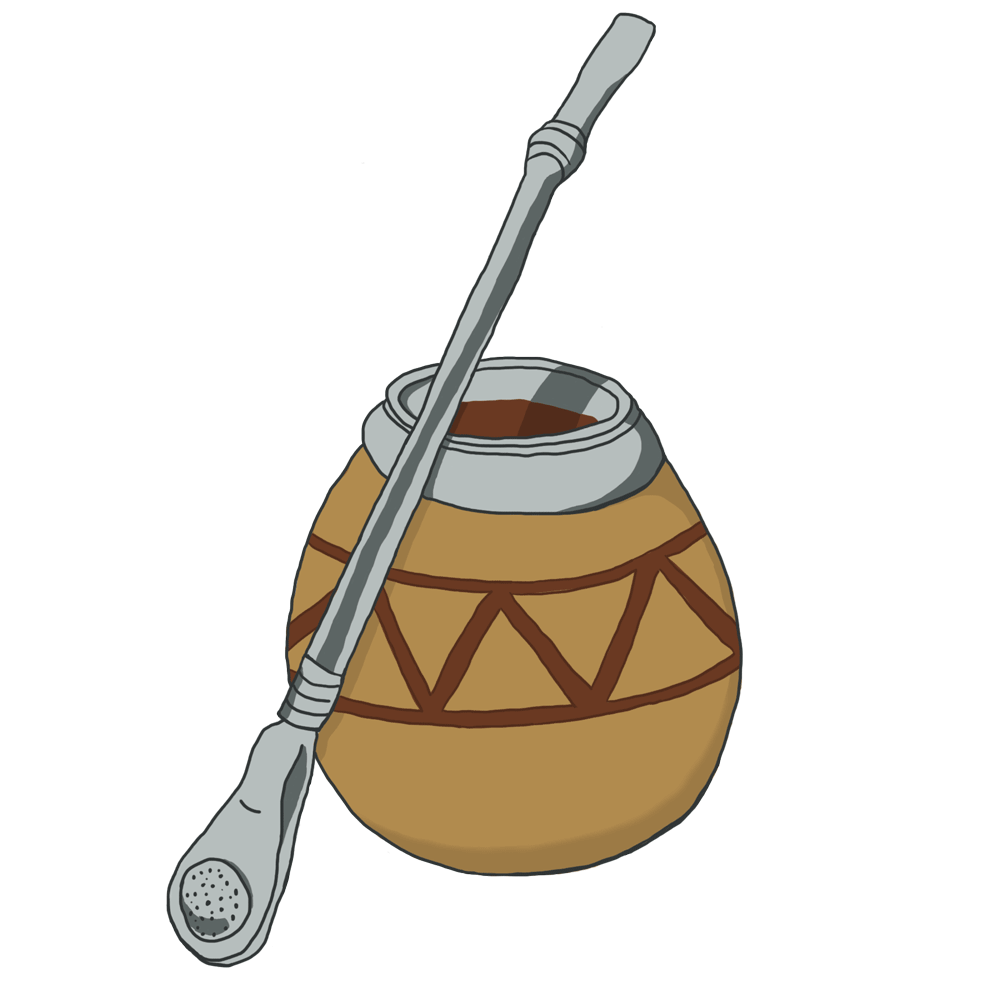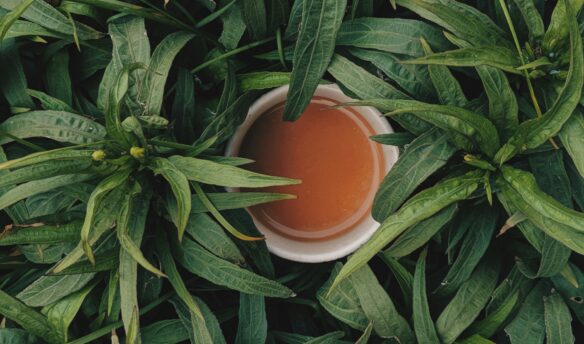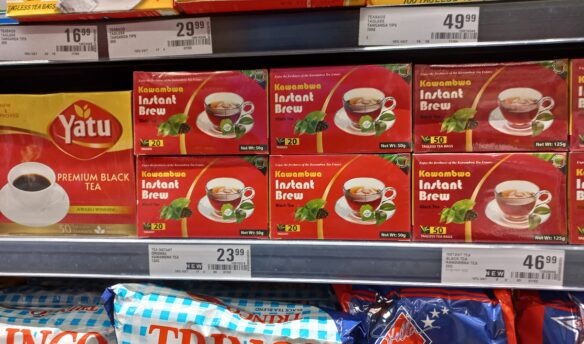[P]art of the magic of coffee and tea will always be its roots. These plants from faraway lands are snapshots of other terrains, other climates, and even other cultures. There is a passionate industriousness to coffee, embodied by those who tend it, and a quiet ceremony to many teas, traced to the careful plucking of leaves in misty places. To that end, culture inhabits each cup in a way that isn’t easily quantifiable. There is mystery in our drinks.
For many yerba mate drinkers, imbibing that beverage is about more than stimulation, though the invigorating qualities of Ilex paraguariensis are amply documented. A gourd of yerba mate is tied to a lifestyle, a way of tuning in to one’s community through a specific clarity of mind. Those who know mate know its circle: the ritual of passing a gourd between a group of friends. Speaking with today’s leading cebadores (Spanish for mate brewers), it’s clear that as more mate leaves travel from South America to be steeped across the globe (exports increase each year), mate’s particular culture travels with it.
[D]avid Askaripour discovered mate while studying Castilian in Argentina, where mate is as ingrained in daily life as asado. The first time he was invited to enjoy mate in a circle of new friends, each filling a communal vessel in turn and sharing the same bombilla (metal filter straw), Askaripour was blown away by the camaraderie of the drink, but he chalked it up to local flavor. It wasn’t until he traveled back to New York City, by then a passionate drinker, and started circles of his own, that he cottoned to mate’s bonding nature.
“Every time we had a mate circle, people seemed to be more receptive and open to just sharing themselves,” says Askaripour. “In New York the same thing seemed to happen, and I thought, ‘Wow, this sort of drink seems to open people up, bring people together.’” Fascinated, he began studying mate on a scientific level.
The feel-good boost of mate comes from a molecular trifecta of stimulation. Like coffee, mate has caffeine, a compound it produces to protect the leaves from sunlight. Like tea, mate has theophylline, which research suggests opens the airways and facilitates breathing. Then there is theobromine, a compound chocolate and mate share, noted for its relaxing qualities. There are also antioxidants in mate, more than either black or green tea.
Mate drinkers attest that when these stimulants go to work the result is an uplifted mood, jitter-free energy, relaxed muscles, and a clear mind. In his 2013 book Mateology, Askaripour calls these psychophysical benefits the “face of mate, but not the heart.” That lies, he believes, in the community that feeling creates. It lead him to create Circle of Drink, a community-centric mate company that allows him to source quality mate from the major producing countries Argentina, Brazil, and Paraguay, and share it with others.

Widely enjoyed throughout those countries, as well as in Chile, Uruguay, and Bolivia, the rituals of this subtropic tree date back to the 1500s—though its use likely extends beyond that—to the Guaraní tribe in what is modern day Paraguay. The Guaraní consumed mate as medicine, which is understandable considering what we know about its nutritional value (in addition to the above, mate contains a host of vitamins, minerals, polyphenols, and other nutrients). Mate was and still is honored with ceremonial preparation by Guaraní people. Even with its adoption into modern day society the rituals of mate endured, with gourds acting as symbols of wellness and togetherness.
“Mate has become a symbol of community, friendship, and bonding,” says Askaripour. “It has escaped the confines of this single plant.”
[I]n the mid-nineties, more than a decade before Askaripour shared his first gourd, California tech entrepreneur David Karr was having a similar revelation about the spirit of mate.
Introduced to mate by Alex Pryor, a passionate Argentine friend, Karr began drinking it daily, at which point he says his “life just started switching on.” On the Central Coast he describes having the best surf, mountain biking, and yoga sessions of his life. Driven by the energy mate gave them, Karr, his brother Steven, and Pryor started Guayaki Yerba Mate. They took their love of mate on the road, selling it to natural foods stores across the country, converting new drinkers one gourd at a time. Today the trio helms a mate empire, with well-known blends, ready-to-drink beverages, mate-infused energy shots, and substantial annual growth.
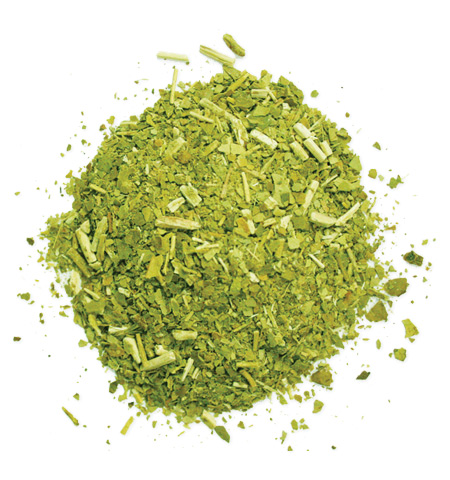
Driven by a “seed to shelf” philosophy and conservation efforts at origin, Guayaki brought a new face to the international mate market, and since its inception the mate category, which Karr stresses is separate from but complementary to tea and coffee, has spread and grown, with new cultures and younger drinkers finding enthusiasm for the plant. Beyond South America, where it is the national drink of several countries, today mate enjoys expanding popularity in the US, throughout Europe, in Australia, and in the Middle East, particularly Syria and Lebanon.
Though mate is often referred to as a tea, Karr says otherwise. “It’s an herbal infusion,” he explains, listing how different the plant is to Camellia sinensis. “Everything [Guayaki is] doing is propelling us out of the tea myth,” Karr says. Mate is more closely related to coffee, he believes, not in chemical make-up but in how it is brewed and doctored (milk and sugar being the most common additions). Unlike tea, which requires specific brewing temperatures and times, mate is more flexible, with varied results in cold and hot water, and it can be brewed just like coffee, in a French Press or batch-brewer. Guayaki partnered with coffee machine manufacturer Curtis to create its mate brewers, which function basically the same as the average coffee machine.
Moreover, Karr is adamant that mate has its own place alongside coffee and tea, owing to its unique, nutritious energy boost. While the company’s energy drink cans and energy shots have catapulted mate into that market, consumption of brewed loose-leaf mate is on the rise around the world. “We find that if people put hot mate in a pot next to coffee we’ll be somewhere between ten and twenty percent the sales of coffee,” he says, adding, “we want to be next to coffee.” Even Guayaki’s “market-driven restoration” projects, which include reforestation efforts and biodynamic conservation, mirror efforts at coffee origin.
[T]hough mate is enjoying growing popularity, it’s not usually love at first sip. Mate, though undeniably revitalizing, is often an acquired taste, with an earthy, toasty profile that differs depending on where the plant was grown and the amount of heat exposure to stop oxidation. All mate goes through this process, but some is dried or “roasted” for longer, giving it a smoky quality. Mate lattes, mateccinos, sweetened mate drinks, mate and flower blends, and blended drinks containing mate all make this plant approachable to skeptical cafés-goers, but as with coffee, others are starting to appreciate the complexity pure mate has to offer.
“Nobody ever talked about mate as being something that’s refined, something that’s gourmet,” says Askaripour, who carefully sources mates of different flavors and styles. He calls it a complex drink, one with ample terroir. Karr, too, likens mate to wine, owning to its regional distinctiveness. Depending on where it is grown, and whether sun- or shade-grown, mate ranges from dark green to yellow-green and dark brown.
Askaripour breaks it down: Brazilian Gaucho mate is darker and more robust, with malty notes of chocolate and coffee, while mate from Northern Argentina is more similar to matcha: grassy, green, and sweet. Paraguayan mate is harder to pin down, at times floral, sour, minty, fruity, and sweet, with notes of tobacco and chocolate. Much of mate’s sweet, woody taste comes from the twigs, which are often taken out in large-scale cultivation, leaving only clean-cut leaves. Many purists prefer to leave the flavorful stems in, though mate preferences differ just as those for coffee and tea.
Cafés and eateries across the globe have found myriad ways to serve the leaf, from mate tonic waters to mate beer, mate-spiked juice, mate with coffee, and mate with tea. Karr launched kegged, sparkling mate at Burning Man last year, and hopes to expand kegging operations in the near future. In Northern California, David Turconi is designing an electric, mobile mate café, Copas, he plans to pedal around San Francisco soon, spreading the gospel of mate at farmers’ markets, art fairs, and along the wharf.
[F]or many mate drinkers, the leaf is more doorway than drink, opening up the heart and mind. While the spiritual side of mate might not click for all, its stimulating qualities are hard to ignore, as is its distinct flavor. As mate gains traction across the globe it is adapted to varying attitudes, appealing to all kinds of drinkers. In the US, mate’s get-up-and-go nature is a key selling point, though its beatific qualities resonate in liberal, coastal regions. It’s a favorite among busy students, adventure seekers, athletes, and the health-conscious. For some, it fits into their diet alongside coffee and tea, a different fix for a particular time of day. Something about mate sticks no matter the approach, and once its taste is familiar, the relationship is a lifelong one.
—Regan Crisp is Fresh Cup’s associate editor.
—Photo at top courtesy of Guayaki.


